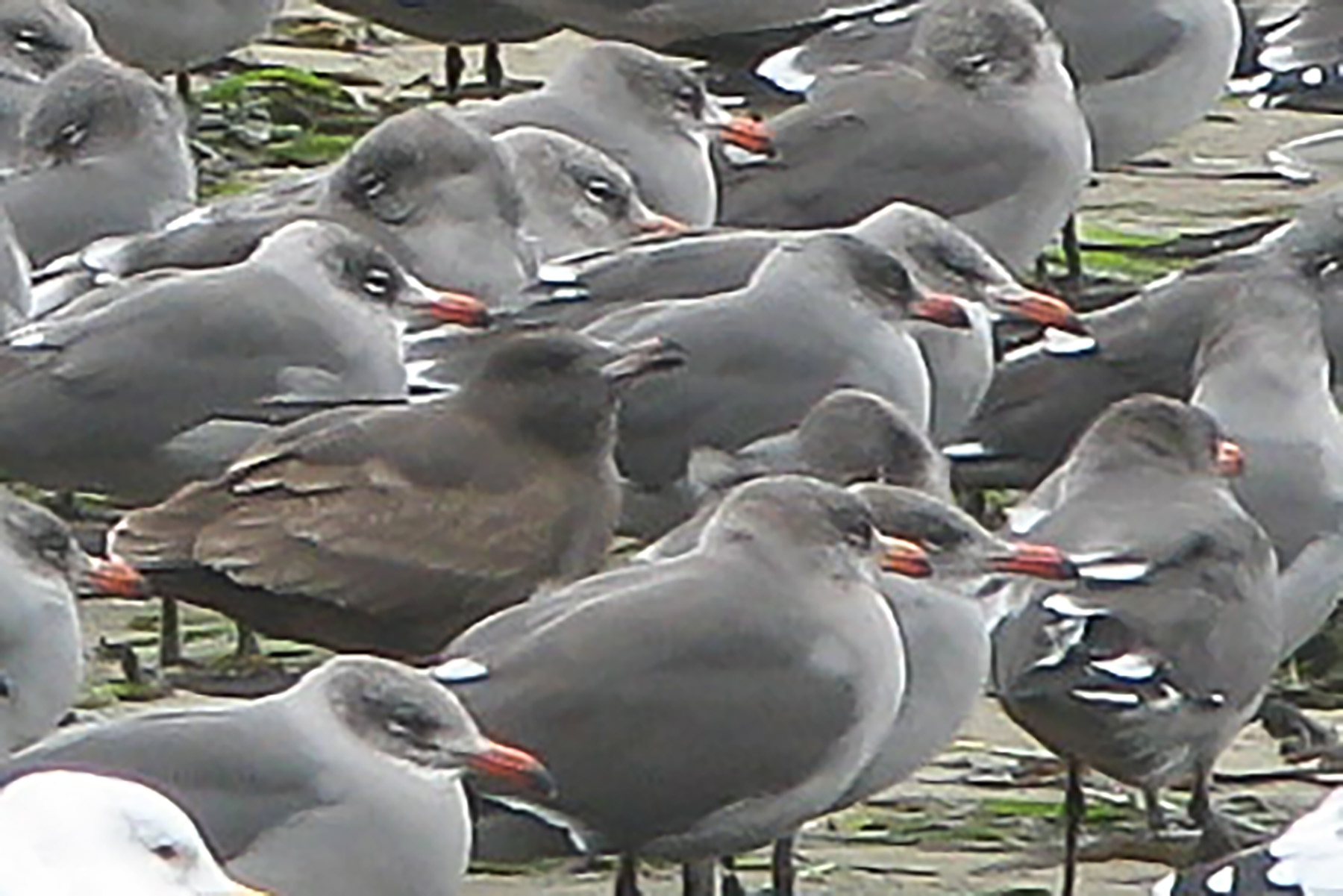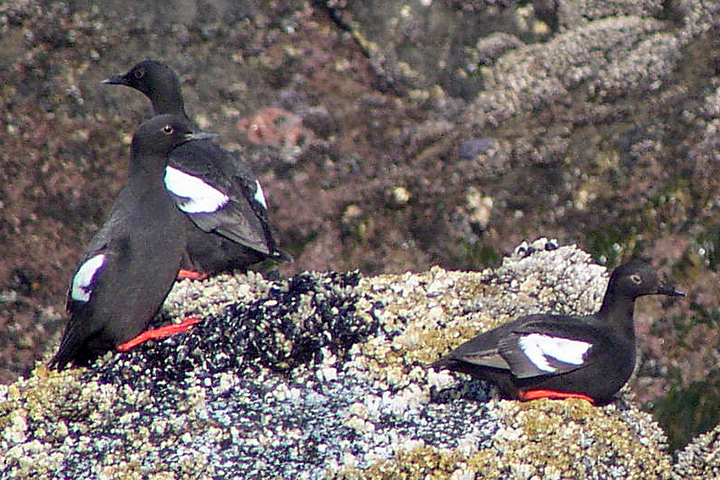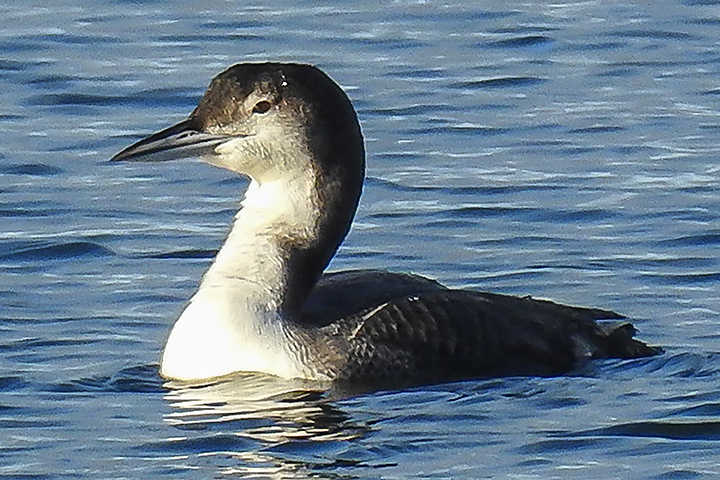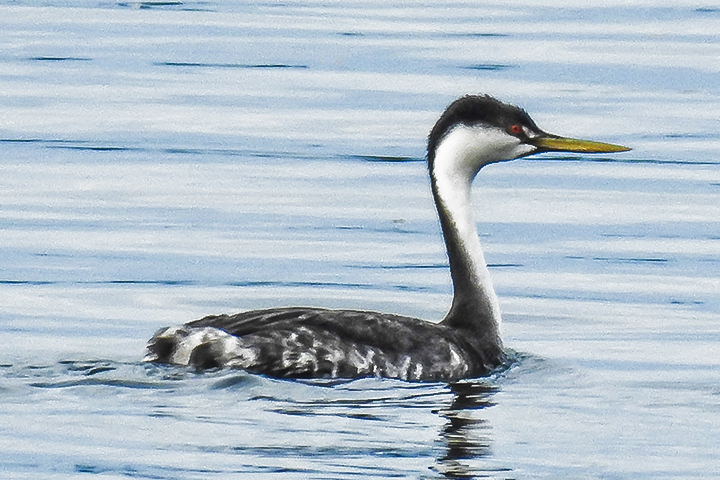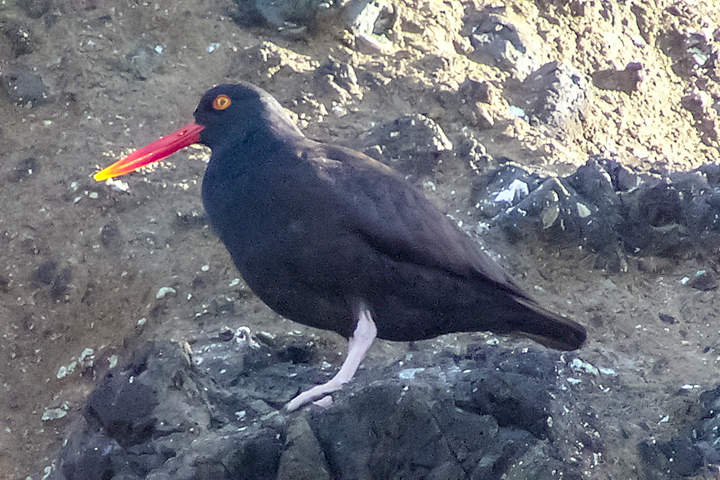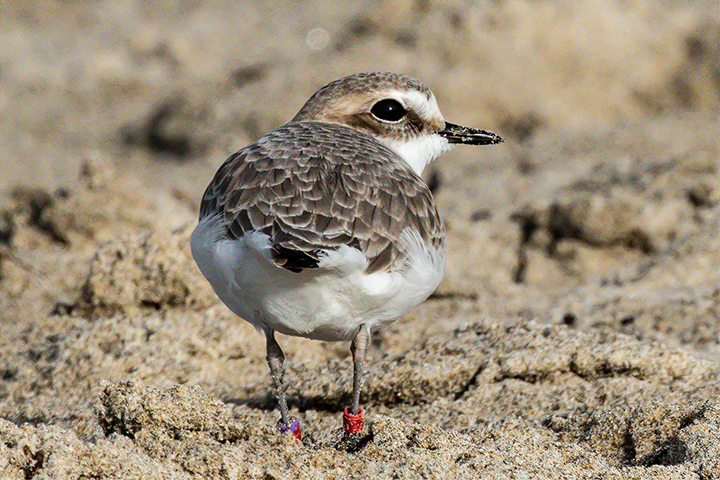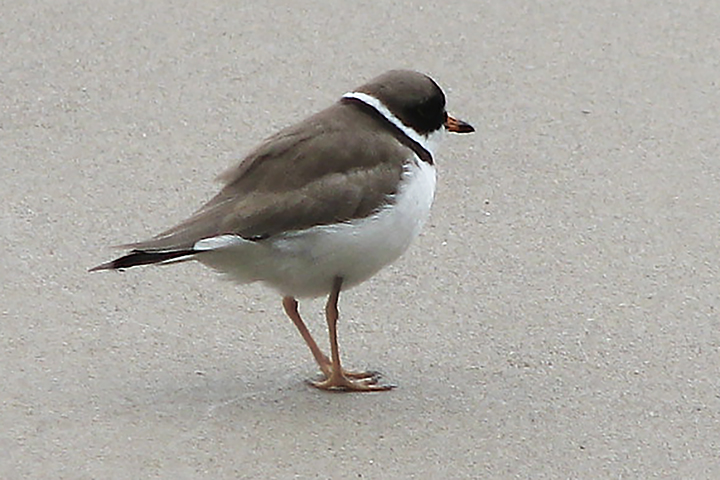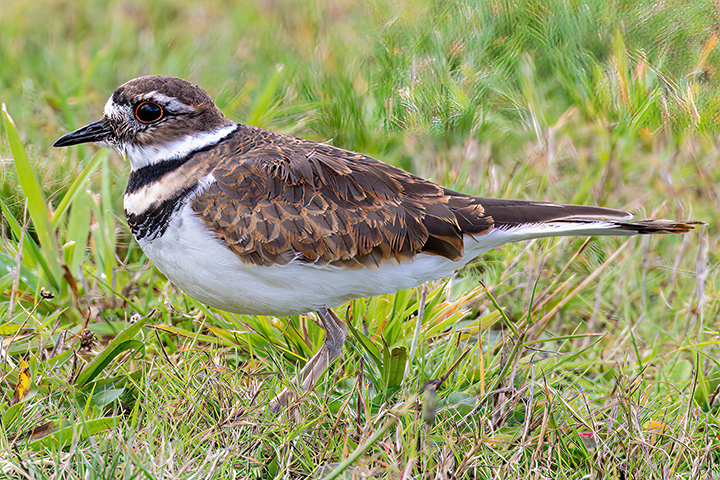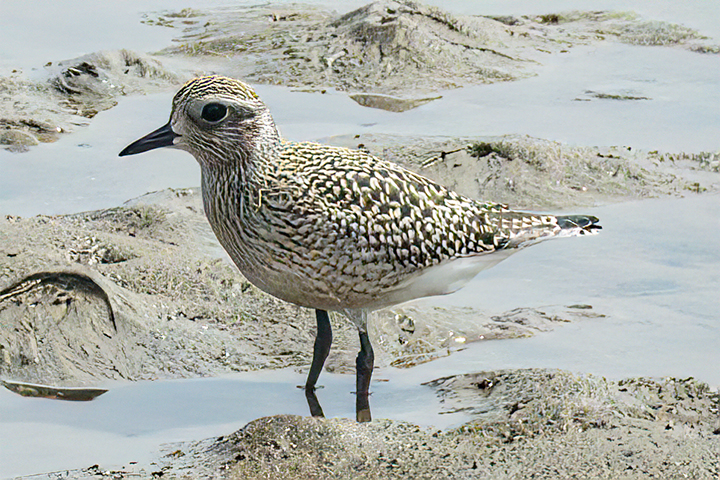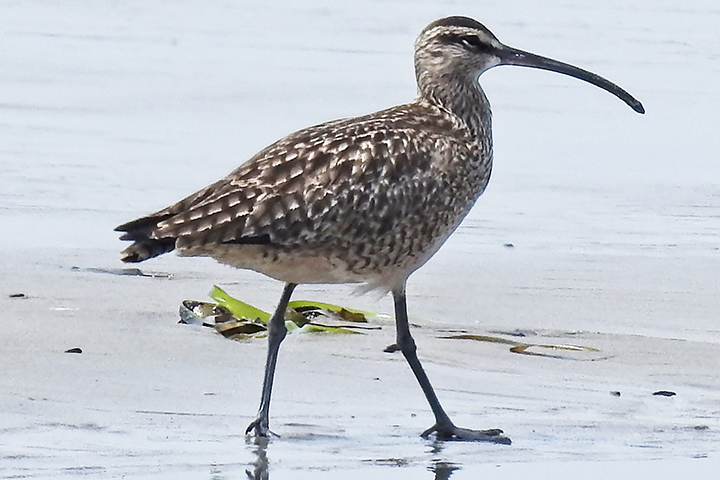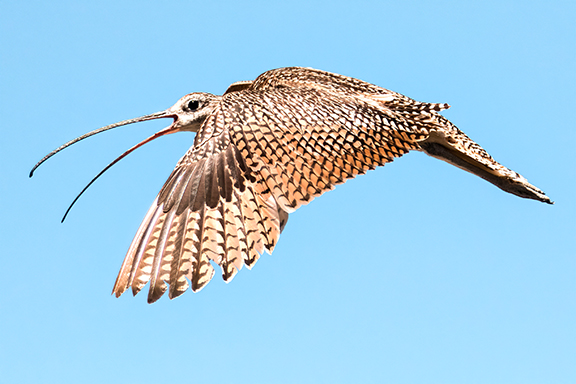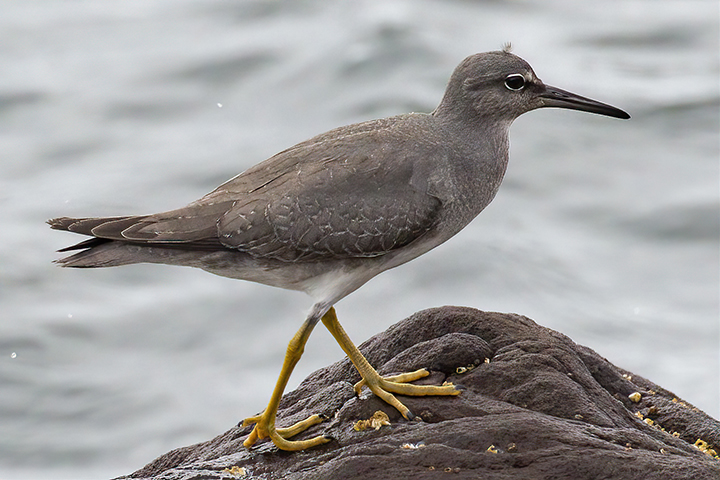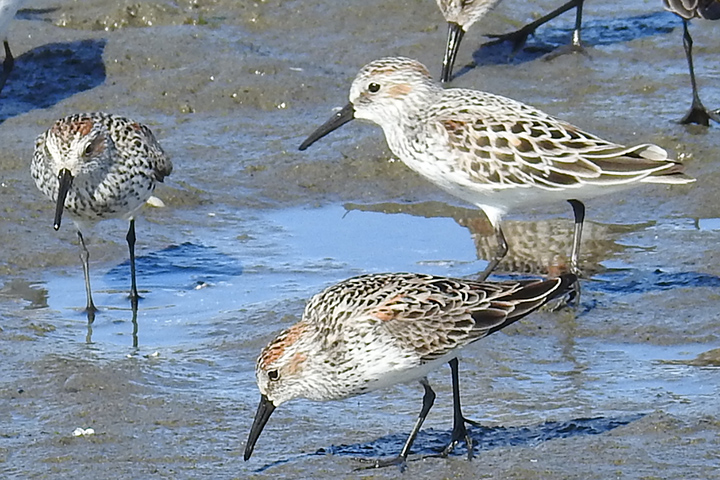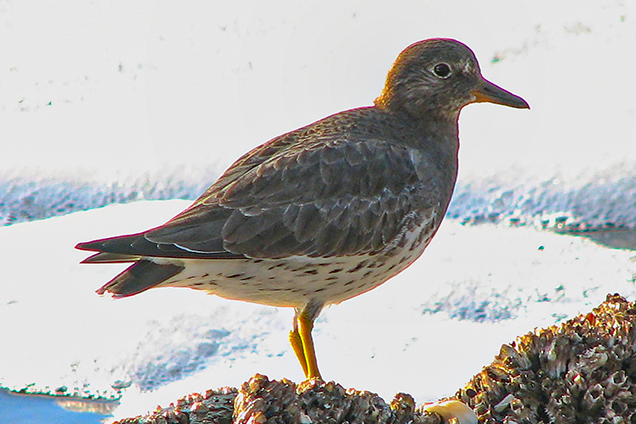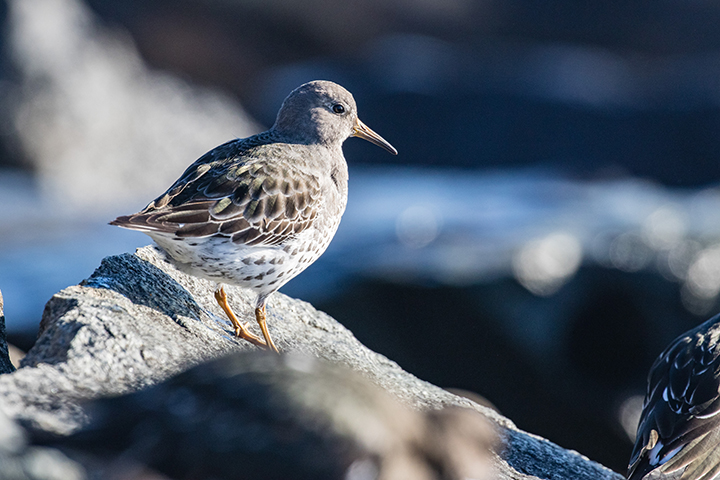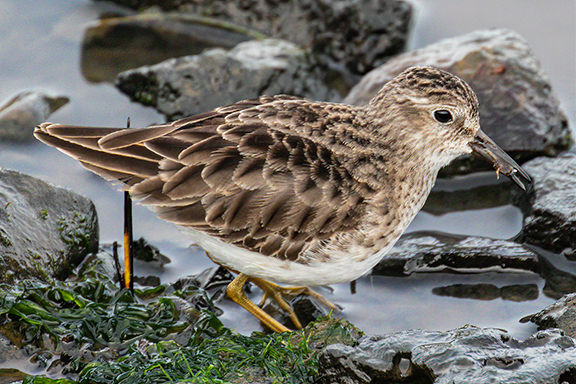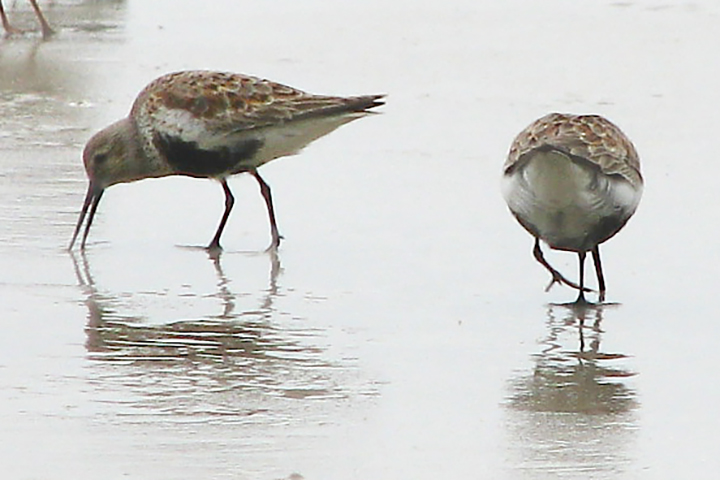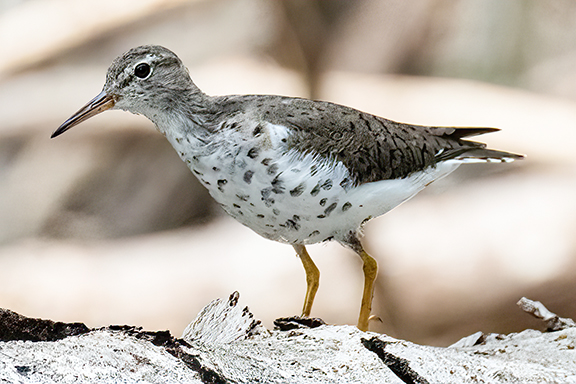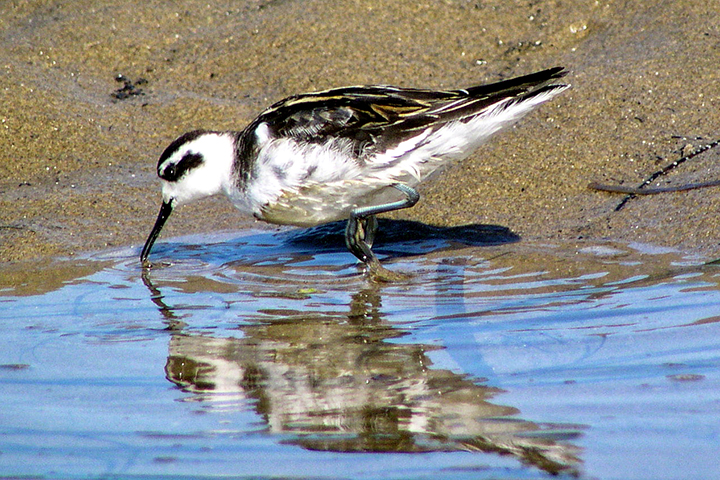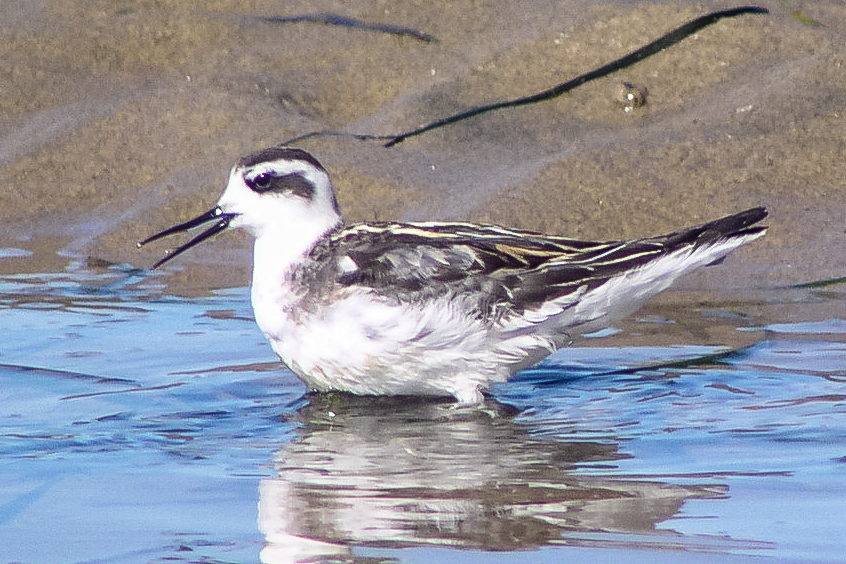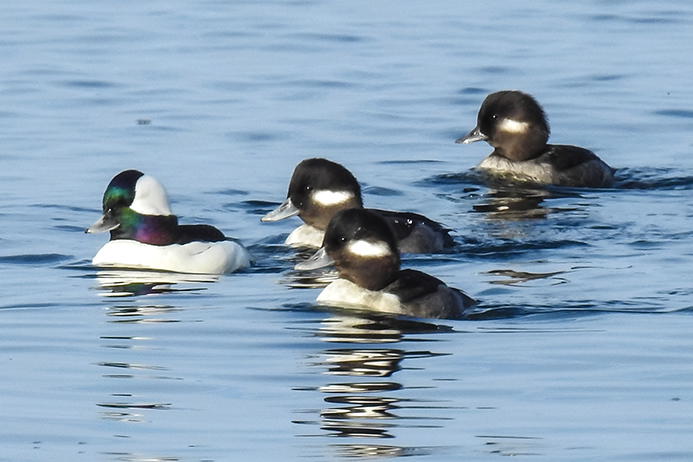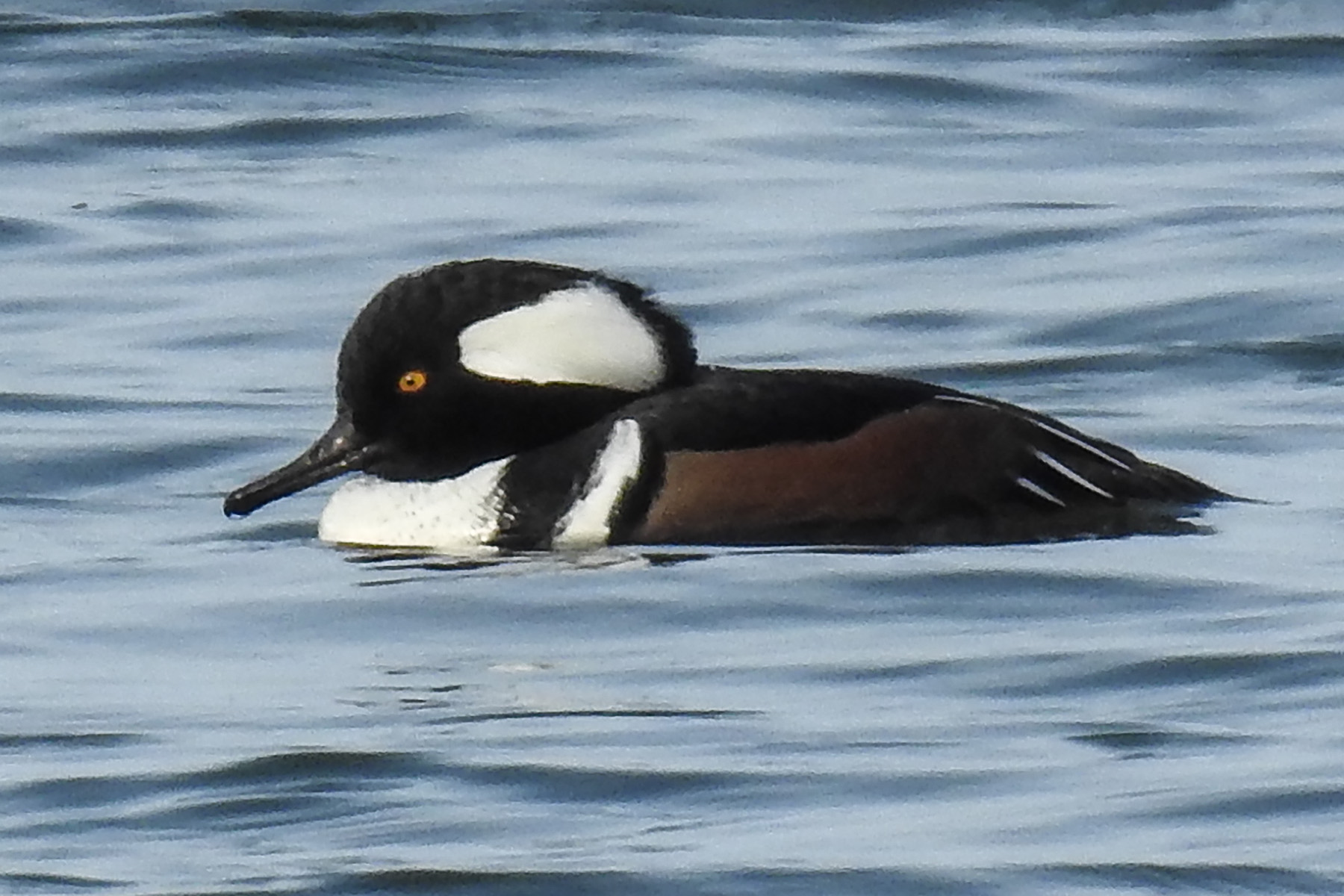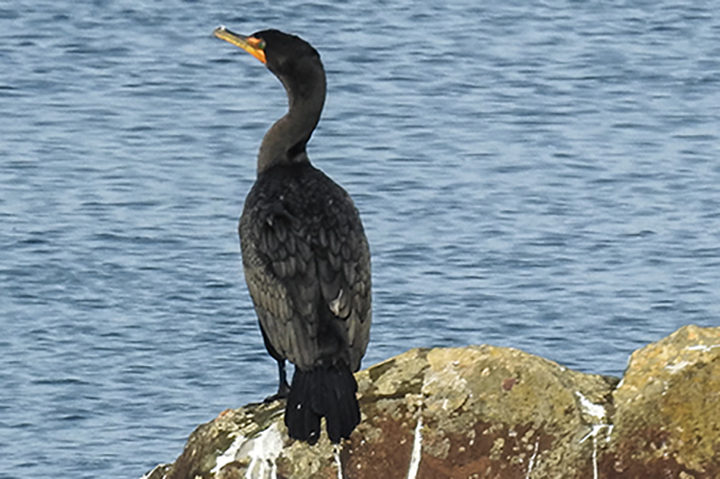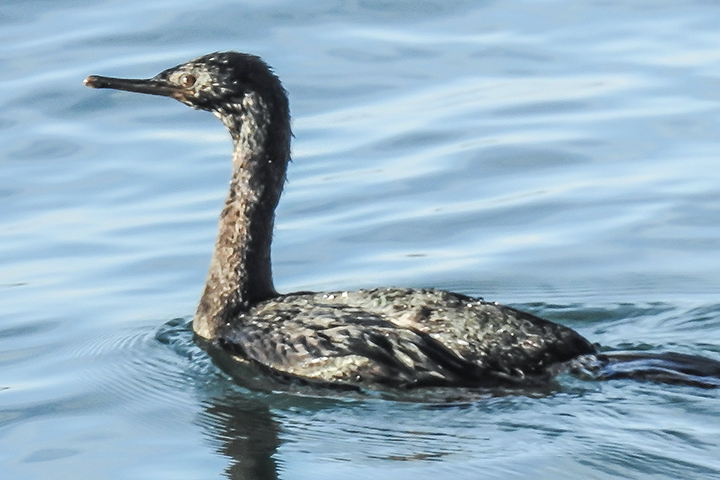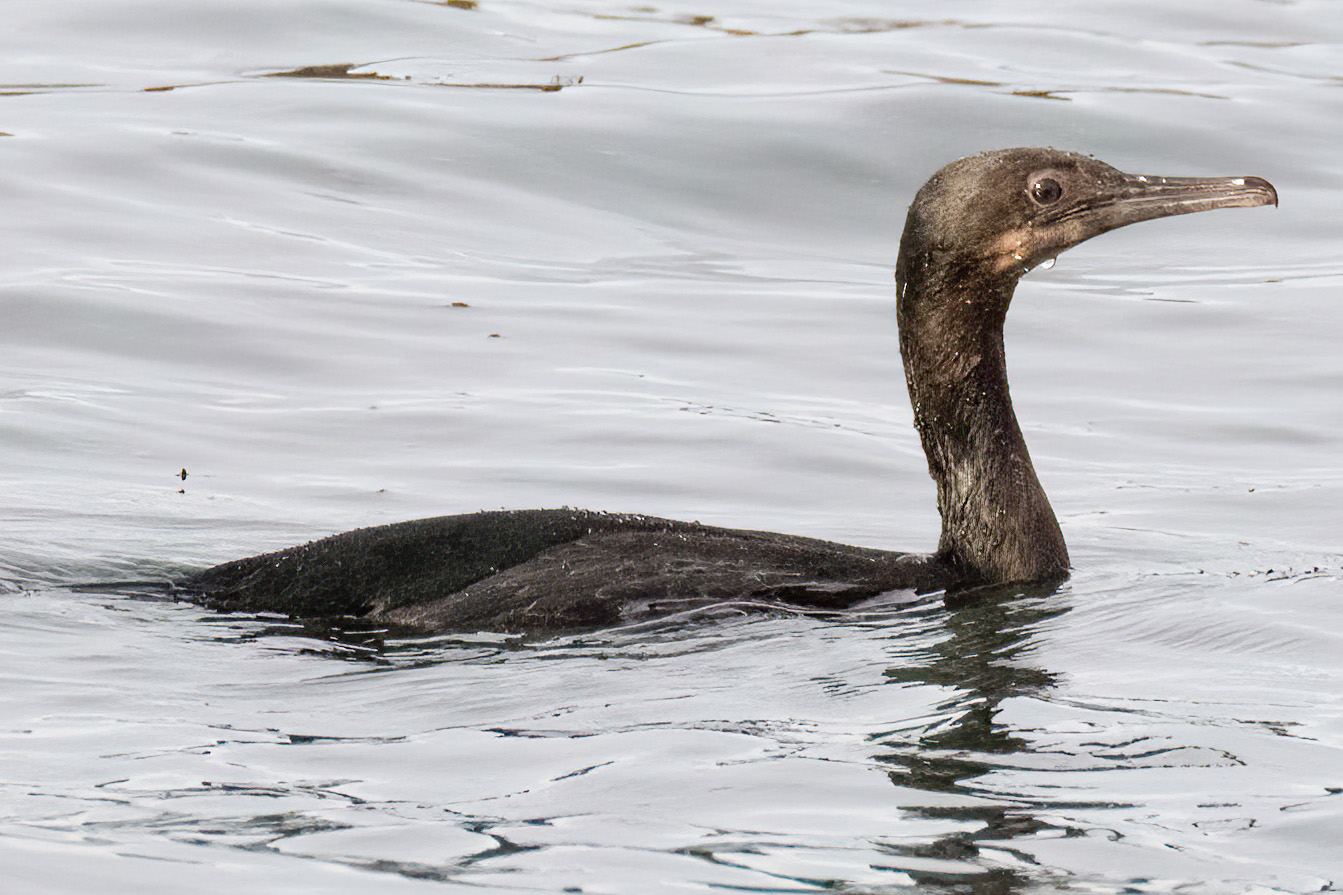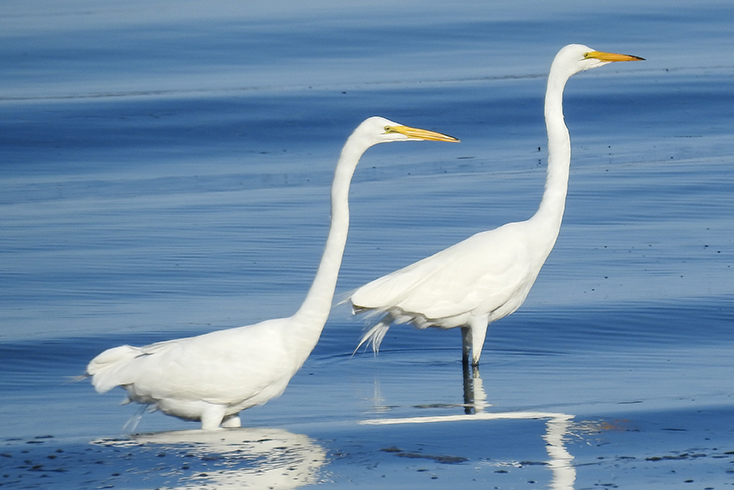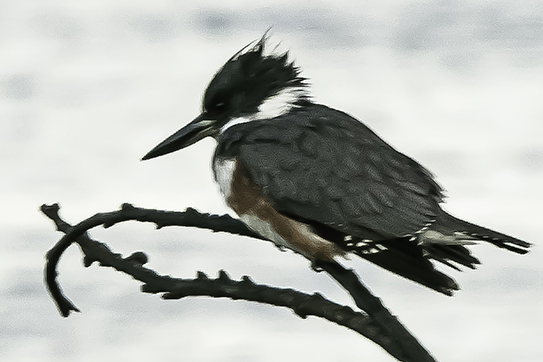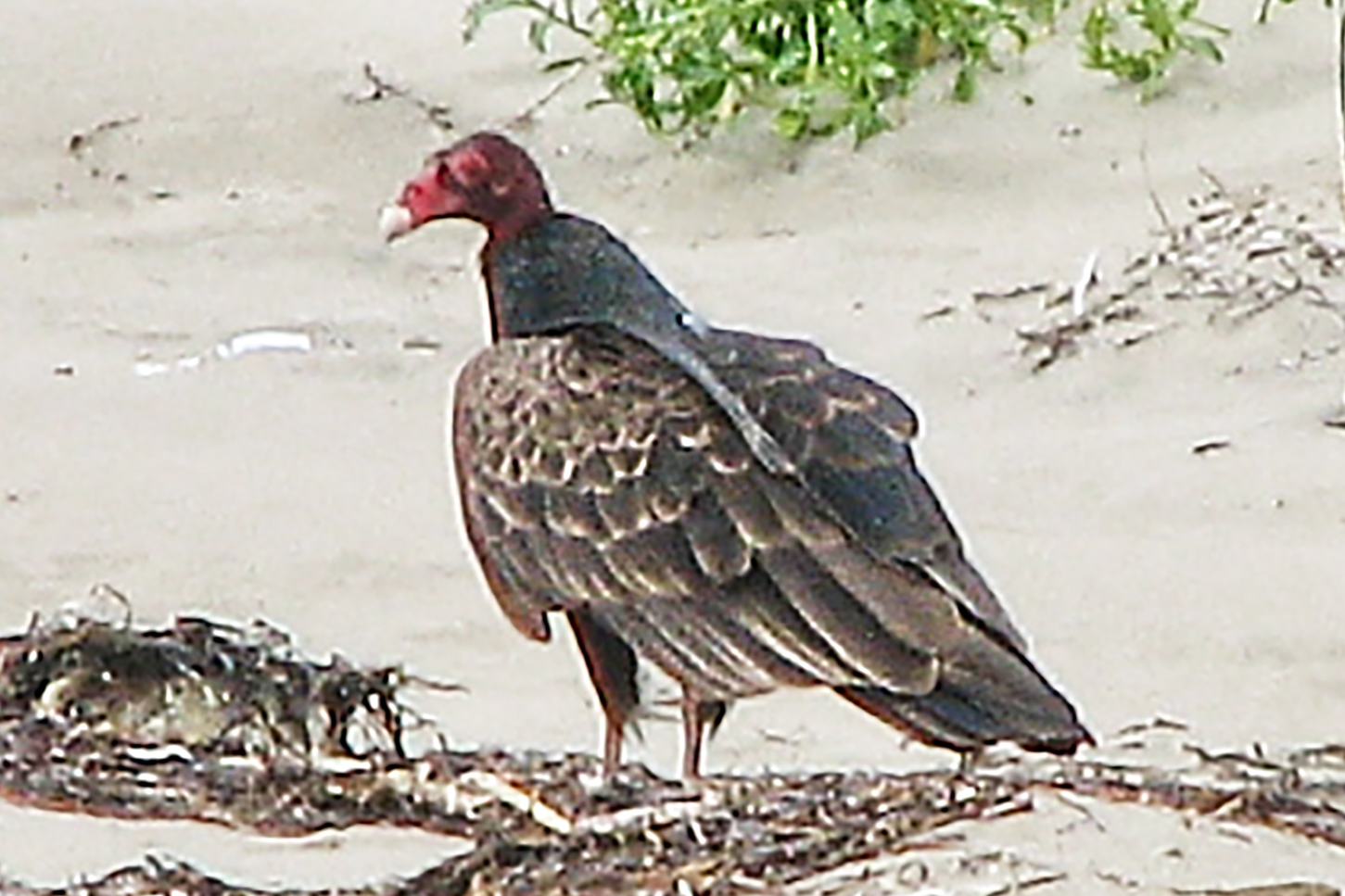Larus occidentalis
Western Gull
Washington to Mexico
Family Laridae
Native
The Western Gull, Larus occidentalis, one of the most common shore birds on the Oregon coast, is seldom found far from the ocean, although some find their way up the Columbia River during winter to eastern Washington and Oregon, and you will see them locally in the fields and marshes around Tillamook. Juveniles are a dark, sooty brown with blackish bills and gray-colored legs. As they mature, which takes about four years, their back plumage, or mantle, turns gunmetal gray, heads and breast lighten and finally turn white, wing tips become mostly black, legs pink, and their bills yellow with a bright red underside patch near the tip, finally making them a truly handsome bird. They nest, often in colonies, on cliff sides and sea stacks, in depressions lined with grass or seaweed. Eggs, usually three, hatch in about a month, and fledglings fly in six to seven weeks. The Western Gull, especially in Washington, often hybridizes with the more northern Glaucous-winged Gull, making it difficult to identify pure species. The are two subspecies, L. o. occidentalis which breeds north of Monterrey County in California, and L. o. wymani that breeds south of Monterrey County.
Western gulls are gregarious, often standing in flocks on one or both legs, facing into the breeze on windy days. They are also bold, not especially afraid of humans, and a favorite sport for tourist as well as residents is feeding them pieces of bread and watching their raucous antics as they vie for choice morsels. The gulls can also be found bathing in the mouths of fresh-water streams, such as Fall Creek which empties just inside the mouth of Netarts Bay, where they splash, dunk their heads, drink, and frolic. Seagulls also drink seawater. They have a pair of glands right above the eyes called salt glands that extract salt from the blood and releases it from the beak.
These gulls are predators, scavengers and, above all, opportunists. They will feed on anything from baby mole crabs, gooseneck barnacles, and washed ashore Dungeness crabs to food in open dumpsters. They will eat the eggs of other birds or scavenge dead sea lion pups. They nest in the spring on sea stacks.







